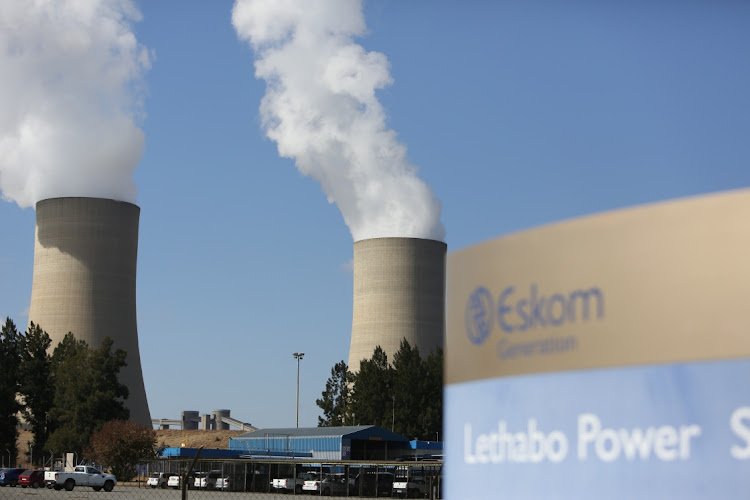Despite what is likely to be just a temporary reprieve from loadshedding, rolling blackouts have become part of an ongoing and worsening lived reality for South Africans. While the failings of the national grid are part of a very real energy crisis, the positive aspect to consider is that loadshedding inadvertently allows South Africa to accelerate its Energy Transition journey. By managing the risks that come with installing renewable power sources, households can go green while also protecting their investment.
Commenting on this ahead of World Environment Day (05 June 2024) is Marius Kemp, Head of Personal Lines Underwriting at Santam, who explains that loadshedding has triggered large-scale adoption of back-up power sources such as inverters, solar panels and UPS (Uninterrupted Power Supply) devices. While this has come at a cost, it has afforded many households with an environmentally friendly and reliable power supply that could be used in emergencies and power failures, long after the energy crisis has been solved.
Local interest in renewable energy sources has also risen in recent years, as more people look for economically sustainable ways to sidestep the rising cost of electricity. According to the latest Santam Insurance Barometer report, during the 2022/2023 reporting period, 34% of consumer survey respondents said they had installed UPS devices and 20% had installed solar panels.
Solar power, piqued the interest of homeowners due to the government’s solar tax incentives in 2023, during which many South Africans took the opportunity to install solar panels.
“By making the move towards more robust, energy-efficient power supplies, homeowners can also contribute towards helping South Africa achieve its sustainability goals. With 2030 being just around the corner, now is the ideal time to take up this mantle and use an investment into greener energy technology as a way of lowering your carbon footprint and becoming more climate resilient.
The next step is to consider how making this kind of investment will impact your financial standing in the long-term. With emerging risks like power surge damage, compliance issues, extreme weather events and the theft of solar panels, homeowners need to take extra precautions to avoid unnecessary financial losses. Taking out the right type and level of insurance cover is a good place to start,” says Kemp.
A financial safety net for your solar system
Elaborating on some of the risk-related factors to consider when investing in solar power systems, Kemp says that the kind of insurance needed will vary depending on the nature of the system.
For example, if solar panels are installed on the roof of a home, they will be regarded as a fixture. In this case, the homeowner would need to adjust the sum insured on their buildings insurance policy to account for the value of the solar system. The same principle would apply to large generators and inverters that are hard-wired and fixed to a part of the property.
Making this adjustment is an essential step towards avoiding becoming underinsured, because installing solar panels would increase the value of the property. In the unfortunate event of theft or irreparable damage, being underinsured would mean the homeowner would not be able to receive his rightful settlement value of the claim due to the home not being adequately insured for the home’s full replacement value and would need to shoulder the additional cost out of pocket.
Safeguards during the installation process
When selecting an installer, it’s essential to look for credentials and experience. Seek out installers with solid references and a proven track record. Checking how long the business has been in operation can also provide insights into their reliability. A reputable installer should provide a comprehensive quote detailing the scope of work, components used, after-sales services, warranties, and guarantees. This level of detail can save you from future headaches and unexpected costs.
It’s also crucial to verify that the installer’s insurance policy includes Contractors All Risk Insurance. This coverage protects you if your building is damaged during the installation process. Ensuring the installer’s insurance covers installation-related damages can go a long way in safeguarding your property.
In addition, obtaining a certificate of compliance (CoC) when installing solar power systems is mandatory. This certificate is necessary for the legal registration of the solar system with your municipality. Homeowners should always insist on a CoC from their installer to comply with legal requirements and prevent unnecessary hassles should a claim need to be processed.
Taking proactive precautions is vital
There are also certain environmental risks to take into consideration. Depending on the geographical location of the property, it may be important to ensure that your insurance policy covers storm, snow, and hail damage. Homeowners residing in high lightning areas, could consider installing lightning protection systems, such as lightning masts and surge arrestors, to reduce exposure.
“Any major lifestyle change, like investing in a backup or renewable energy source, requires a few adjustments in terms of risk management. By taking a proactive stance on risk, homeowners can reap the benefits of having a greener, more climate-resilient home while also making sure that they are financially protected,” concludes Kemp.
#Loadshedding #Crisis #Accelerates #Green #Transition



